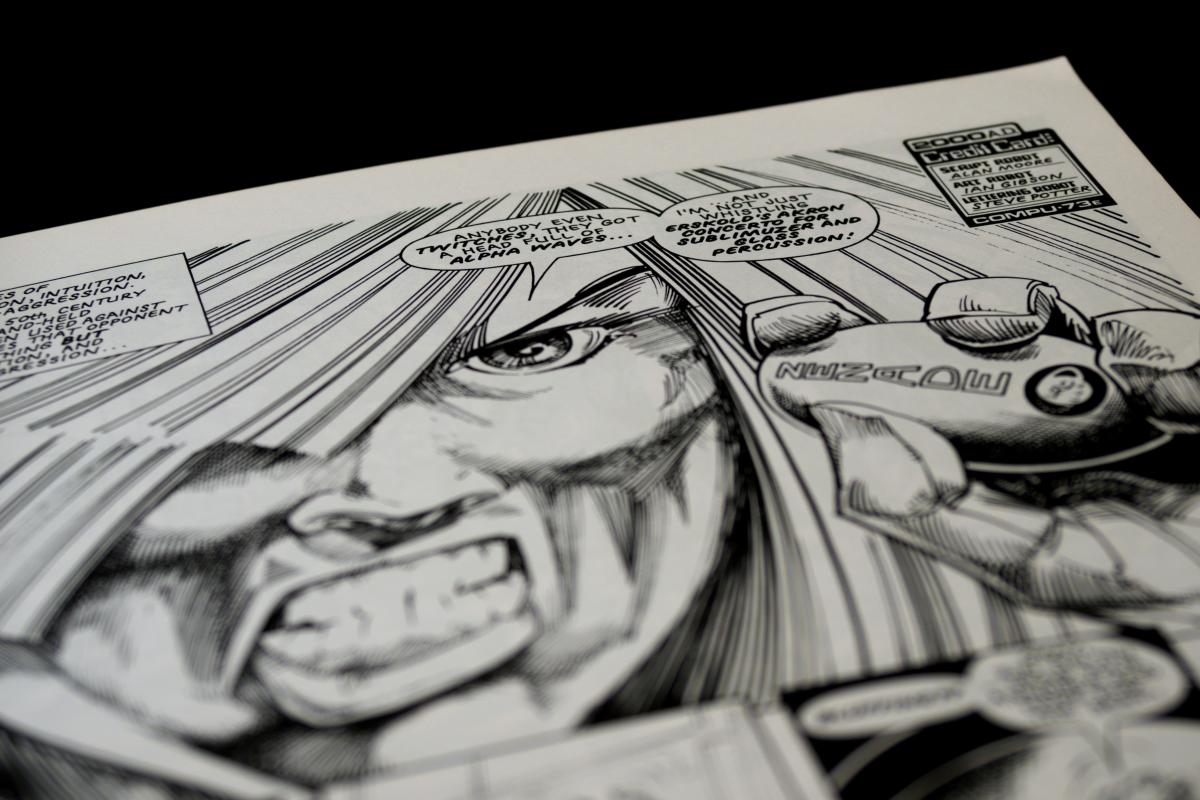
Manga made outside Japan
The manfra, which is the mixture between "manga" and "French", is used to name the comics realized by French-speaking artists with the codes of the conventional manga. We talk about the printing format, the reading direction, the drawing style and the narration. For manga made by English-speaking authors, the term is OEL (Original English Language) manga (or amerimanga). Manhwa represents Korean comics. The term global manga is used to describe all works made by non-Japanese artists.
The characteristics
Most of the global mangas have similarities with the basic manga, such as :
- The style of drawing quite frank, with large eyes, very expressive characters, body deformations ...
- The format of the book, with the reading direction in the Japanese direction, the dimensions, the number of pages, the use of black and white.
- The texts have bubble shapes specific to the manga style, written with the same typography as in the translated manga. The onomatopoeia, sound effects and other sounds are also similar to manga.
- The layout, which is a bit exploded, with no regularity from one box to another, to provoke a dynamic effect.
Moreover, many of the stories take place in Japan, or answer to the codes of already existing manga styles, like shôjo or shônen.
The manfra
With the rise in popularity of anime in the 90's, many French authors started to draw inspiration from Japanese works. The style has become a reference in comics, still very marked by the French-Belgian comics.
It is in the years 2000 that the first manfra were born. We find at the publisher Ankama great titles, like Dofus or Ancestral Z. The Shogun Mag of Humanoïdes Associés also met a small success.
The manfra Radiant by Tony Valente is the first work to be published in Japan and to be adapted into an anime.
We can mention other series, like Pink Diary by Jenny, LastMan by Bastien Vivès and Balak or Catacombes by Vald.
The amerimanga
Contrary to the manfra which is very similar to the classic manga, the amerimanga is a bit different. The vision is more like a comic book, with the treatment of the characters inspired by Japan.
In the big titles, there is Return to Labyrinth by Jake T. Forbes, Dramacon by Svetlana Chmakova, and the Castlevania series produced for Netflix.
The manhwa
Manhwa is still quite discreet in Europe. Originally, manga was forbidden in Korea until the 1980s. This change has pushed the manwha market to reinvent itself a little bit, by betting in particular on the saving of time in the drawing style, but also on the distribution. Indeed, it is directly on the Internet that one can download four boxes, with sound, which can be read on the cell phone. Thus, all cell phone companies offer their own manhwas to their subscribers.
As a result, there are millions of different manhwa, like Who made me a princess by Plutus and Spoon, Cheese in the Trap by Soon Ki or Bastard by Kim Kanbi and Hwang Youngchan.
We can see the derivatives of the manga style around the world. The main codes of the manga are present, what to delight the public fan of Japanese comics !
If you want to learn how to draw the heroes of your favorite series, Apolline offers coaching during her Manga classes in Lausanne, Etoy and Montreux.
For a more intensive training over a week, don't hesitate to sign up for the holiday camps BD/Manga, available in Lausanne, Montreux, Etoy, Geneva, Neuchâtel, Yverdon, Sion and Fribourg.
